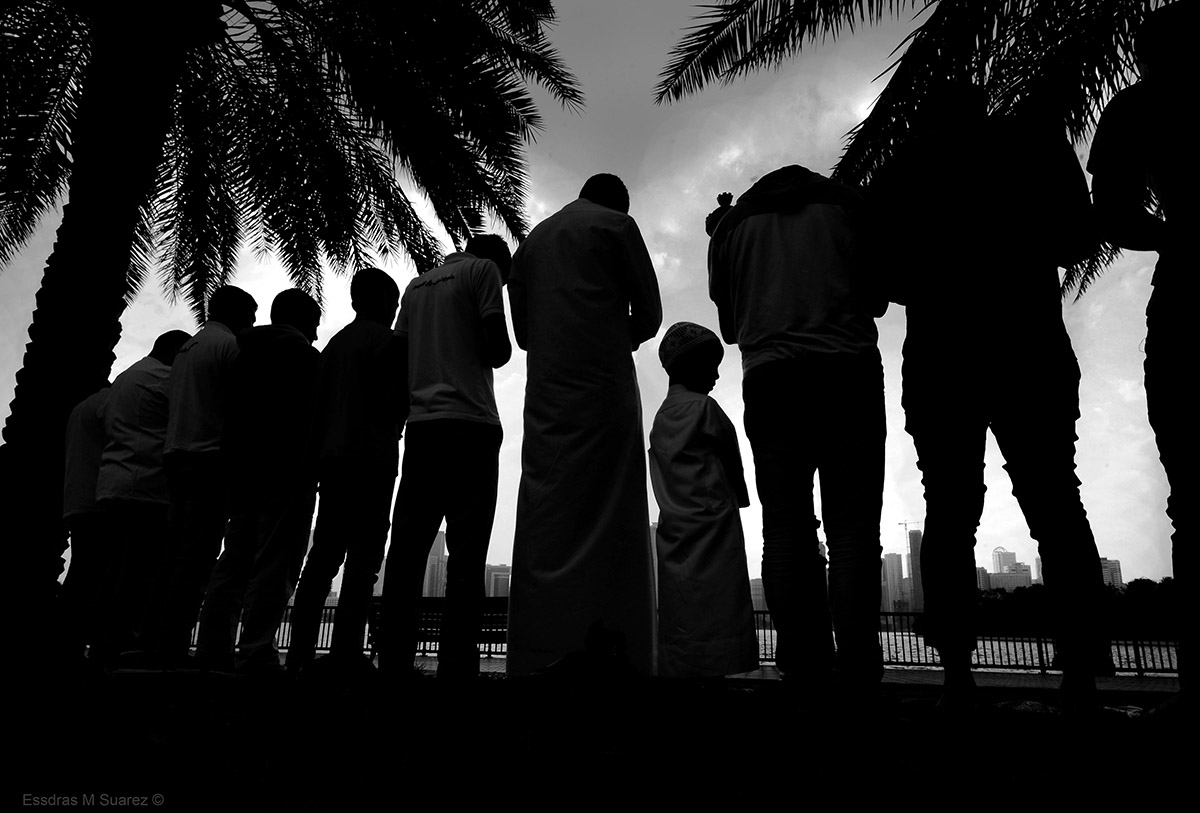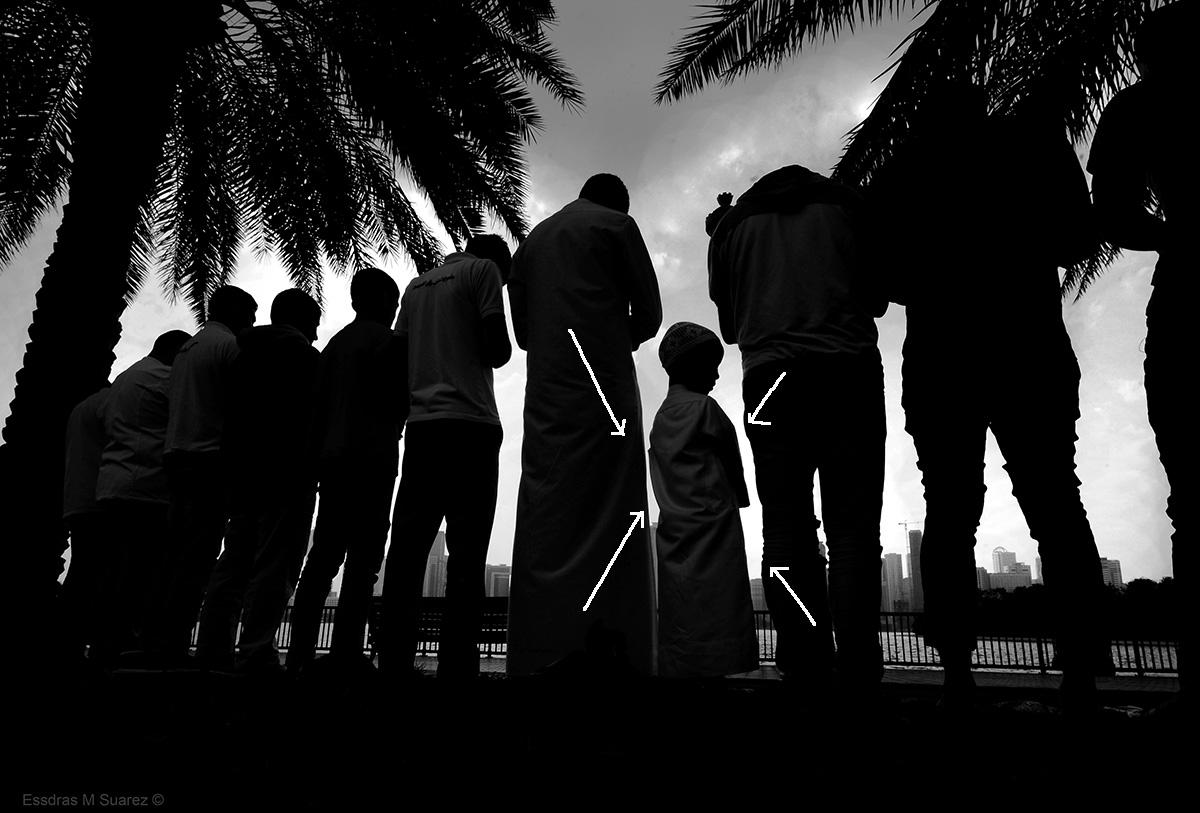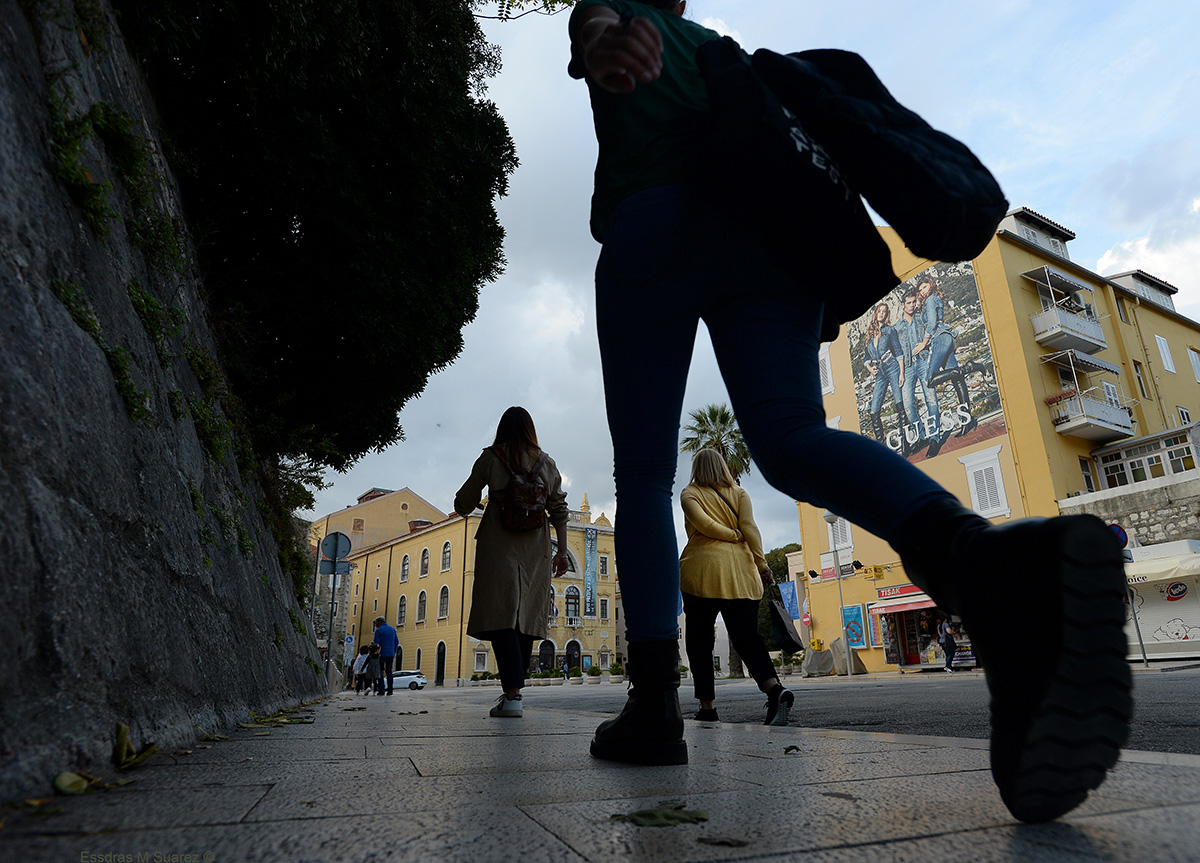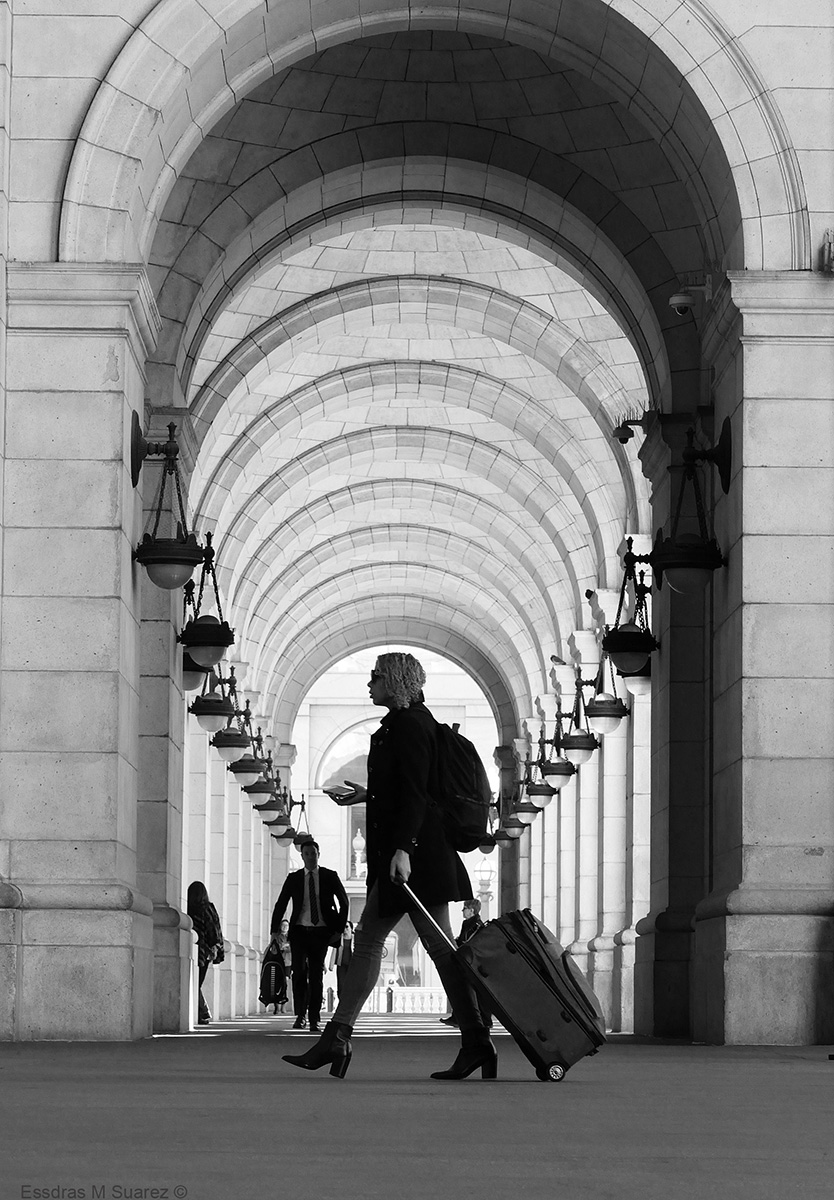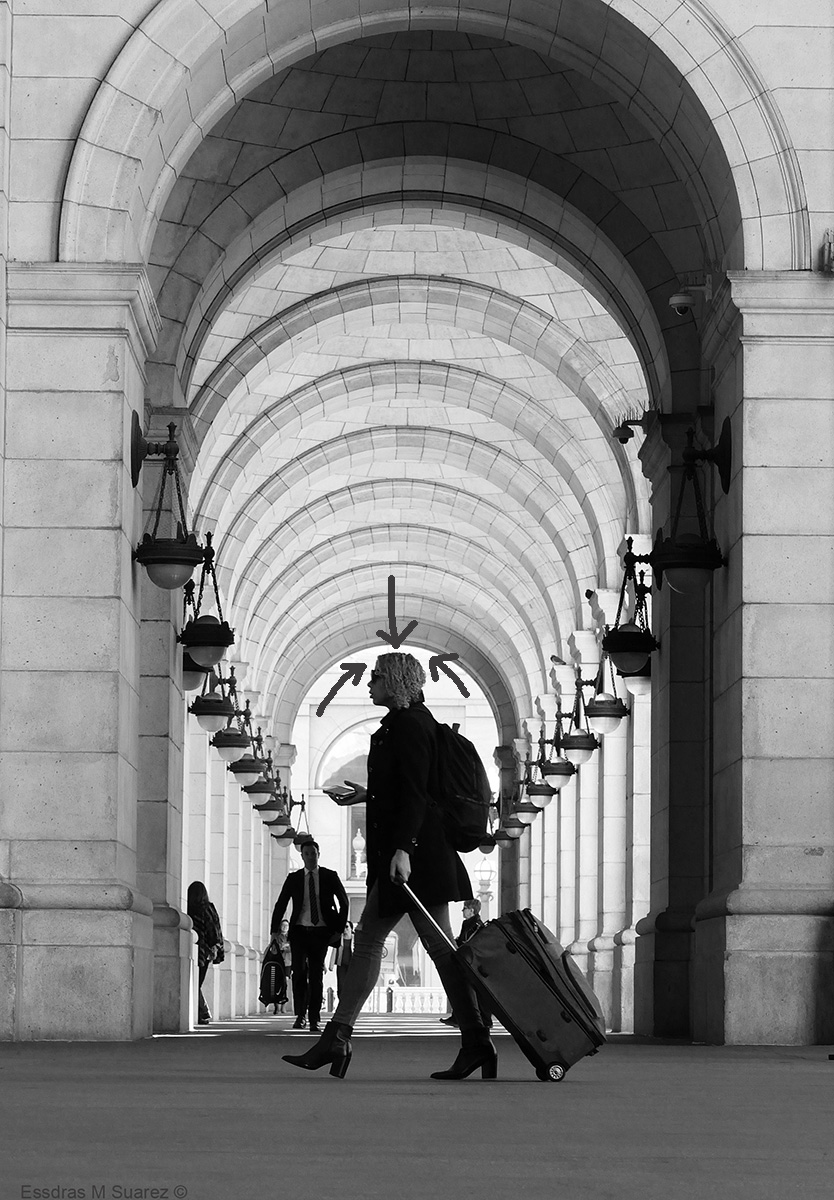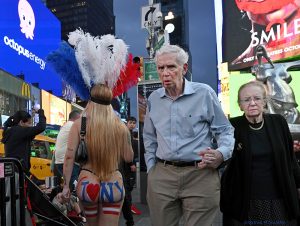One of the most overlooked but essential elements in strong composition is critical separation—that small, intentional gap between your subject and their surroundings. It helps body parts and shapes stand out clearly, avoiding unwanted mergers and visual confusion.
This detail makes all the difference. It lets your subject breathe in the frame—and your viewer read the scene instantly.
I made this photo recently during a walk in Casco Antiguo, Panama. Kids were playing in the surf, and one boy caught my eye—he looked like he was flying toward the water. What makes the energy believable? That sliver of space between his foot and the ground. That’s critical separation. Without it, the moment would fall flat.
That’s why, when photographing people in motion—especially in street or documentary settings—I always recommend burst mode.
Why?
- Limbs move fast.
- Faces get blocked.
- A gesture can turn from awkward to iconic in a single frame.
- And when there’s more than one subject, your compositional options multiply fast.
When editing, train your eye to spot:
- Clean outlines—no mergers.
- Clear gestures—readable body language.
- Breathing room—your subject stands apart.
One of the clearest ways to understand critical separation is by studying silhouettes. For a silhouette to be effective, the subject must be immediately recognizable, clearly separated from any distracting elements, and occupy their own distinct space in the frame. That’s exactly why silhouettes are such a powerful teaching tool—they rely on the same core principles that make critical separation so essential in photography overall.
- Critical separation isn’t just a technical trick—it’s a storytelling tool. It brings clarity, energy, and intent to a single frame.
Next time you’re shooting, check your viewfinder. Is everything touching, or is everything clear? That little gap might be the difference between a good photo and a great one.
And remember—when we’re out shooting, we don’t grow roots.
Keep your knees bent so you can keep shooting, keep moving, keep adjusting.
That’s how you find those perfect compositions—and that is why “keep shooting, keep moving, keep adjusting!” is my shooting mantra indeed.
